Household Differences and Economic Stability: The Power of TANKs
Social & Behavioural Sciences
Differences in income, wealth, education, and, more generally, economic fortune are a pervasive feature of modern economies. Acknowledging these differences is essential for designing better policies that promote resilience to economic downturns in an increasingly unequal world.In the article Heterogeneity and Aggregate Fluctuations: Insights from TANK Models, Davide Debortoli and his coauthor Jordí Galí demonstrate how Two-Agent New Keynesian (TANK) models offer a powerful yet simple framework to capture household diversity. By categorizing families into two groups — those living paycheck to paycheck (the "hand-to-mouth") and those with the financial flexibility to save and borrow (the "unconstrained") — suitably calibrated TANK models provide a surprisingly accurate approximation of much richer and more complex Heterogeneous Agent New Keynesian (HANK) models (see Figure 1).This research shows that even a streamlined approach can yield critical insights into how household differences shape the economy’s response to various shocks, including changes in monetary policy or technological advancements. One key finding is that when inflation-targeting policies are well-executed, household differences become less significant in determining overall economic outcomes, suggesting that sound monetary policy remains a powerful stabilizer (see Figure 2).By proving that simpler models can effectively capture household heterogeneity, this work offers a practical and accessible tool for economists and policymakers alike. It lowers the analytical burden while preserving essential insights into the role of inequality in macroeconomic dynamics. The ability to understand and respond to economic shocks without requiring overly complex models is crucial for designing informed policies that build economic resilience and maintain price stability.
The figures shows the simulated path of consumption in response to monetary policy (top panel) and technology shocks (bottom panel), for a Two-Agent model (TANK, blue line) and a rich Heterogeneous Agent Model (HANK, red line). under under a constant real interest rate policy.
The figures shows the simulated path of consumption in response to monetary policy (top panel) and technology shocks (bottom panel) for several versions of Heterogeneous Agent models (TANKs and HANKs) under an inflation-targeting monetary policy.
REFERÈNCIA
You may also like...
Carbon Societies: The Social Logic of Fossil Fuels
2024
Social & Behavioural Sciences
Microtubule nucleation visualized at high resolution
2024
Life & Medical Sciences
AI Spots Cancer cells, Stem cells and Viral Infected cells at Nanoscale Precision
2024
Life & Medical Sciences

